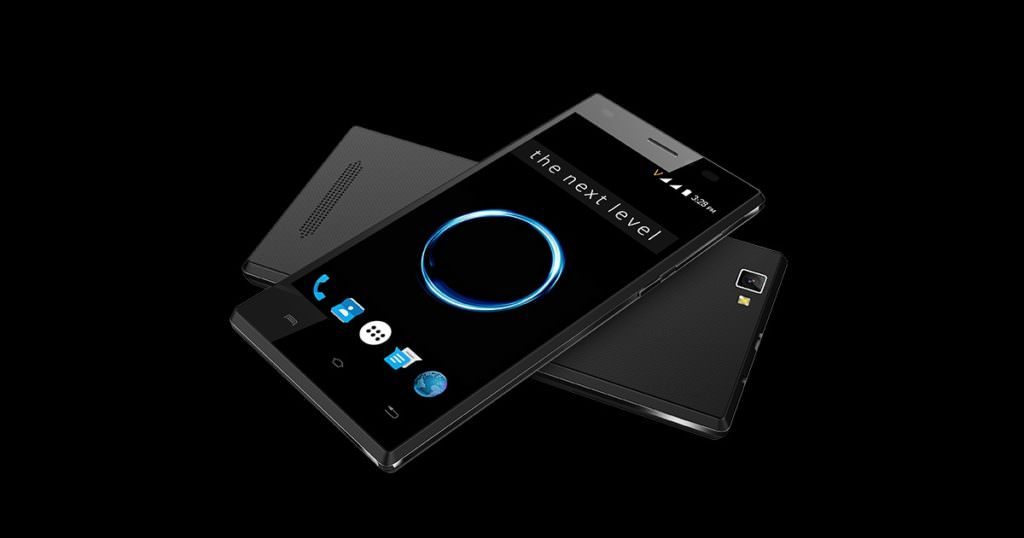XOLO Is Coming Back and it will continue it’s focus on online market
XOLO Is Coming Back: Some years before, Lava’s sub-brand Xolo started a process of reinvention with its premium line Black and also a spin on Android that Hive UI was called by it. While the company says that these attempts were met well that they petered out, and companies have mainly replaced manufacturers like Xolo. On Wednesday, Xolo intends to establish a fresh lineup of mobiles which it expects will bring the company back. Towards the conclusion, Xolo’s trying to resolve a few of the missteps it created on the way whilst keeping the pieces that worked.
XOLO Is Coming Back: Raina says that to begin, the business carried out a poll of 700 people within its target group of 18-30-year-old men to find out what features these users wanted out of their telephones.
“We wanted to concentrate on the camera as it is an integral feature, wanted to understand what would be the latent needs which we can address,” he states, adding, “we began with quantitative analysis, and then proceeded on to a qualitative version, to know what customers need from their cameras, what types of photos are significant to them.”
“We formed them into buckets – like nature photos, and family photos, monuments, all those things – and then we-we attempt to understand what they wanted to concentrate on in the photographs,” says Raina. On the way, Xolo learned something that you may be able to guess – Indians really love selfies. These photos made nearly 60 to 70 percent of those people that the brand spoke’s desirable use cases up to.
XOLO Is Coming Back: “Before performing the research, we had this idea that it’s mostly women that are taking selfies, but once we did so, we understood that the men take as many selfies also,” says Raina. “The testimonials from the users really drove this house, the previous generation was taught to not care about how they looked, but now young men and women are much more self-assured and confident.”
Selfies are out of attention on the internet, States Xolo
Brands like Oppo and Vivo have capitalized on and helped popularise – the phenomenon in India, but their retail presence is still offline. Raina senses an opportunity here.
“Offline brands concentrate on selfies a whole lot, but (exclusively) online there is a gap,” he says. For instance, a lot of people will take these selfies without lighting, so flash that is front is a specification, but most of the time the image is really spoilt by it. So you need to find a way to fix this better.”
“The rear camera has observed more good work done from online manufacturers, especially Asus, although not the front camera,” says Raina. We figure out that Asus has just established a collection of selfie camera phones to which he counters, “When you start a phone it takes around six months, so we did not know about them doing this. They must also have come to the same understanding about the market, but we’re looking at a slightly lower price point.”
Learning in the past
Whilst Lava continues to be its brand, since its launch, Xolo phones have been exclusively sold online. The Blackline was supposed to be Xolo’s entrance into the premium section, although Raina claims that the line isn’t defunct inactive, after two mobiles, it petered out.
“At this time the over Rs. 10,000 section is quite cluttered,” says Raina. “The Black did nicely but to always deliver at that segment wasn’t exercising.”
The Hive OS of Xolo followed an identical route, starting as a customised Android skin at a time when many brands wanted to make their own stamp on the OS. Now, that seems like an outmoded way of thinking, and “close stock” is your new advertising slogan.
Raina states that customers accepted some of the characteristics which Xolo believed were useful and conceded the point. It is milder, and a lot closer to inventory as well overall, today.
“Of course we made some mistakes along the way but it also made our handle on software much better,” he states. “Stronger integration between hardware and software is the point where the game is currently. What Google said [at the Pixel launch event] about how software is you can differentiate hardware is what we were also thinking four years ago. Today everybody is talking 18:9, tomorrow it will be some other thing, but what is important is to think about how you can use this to really make the experience better for the users.”









